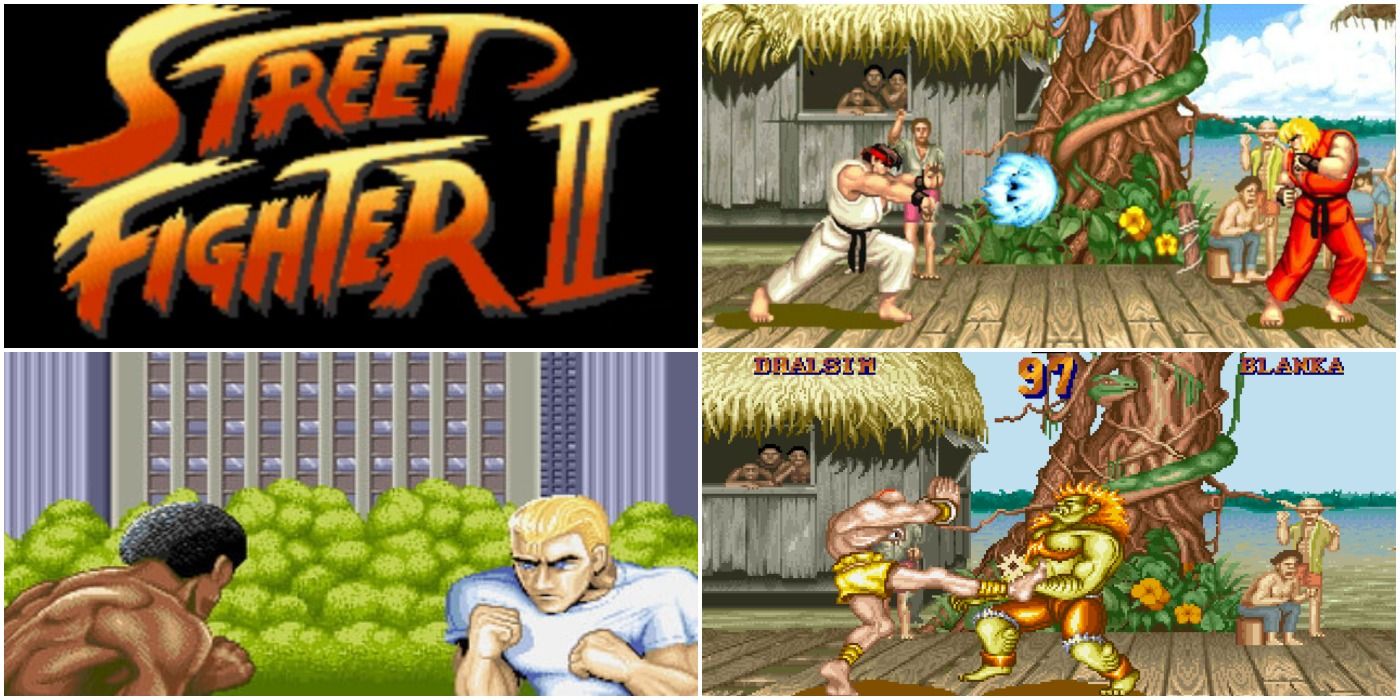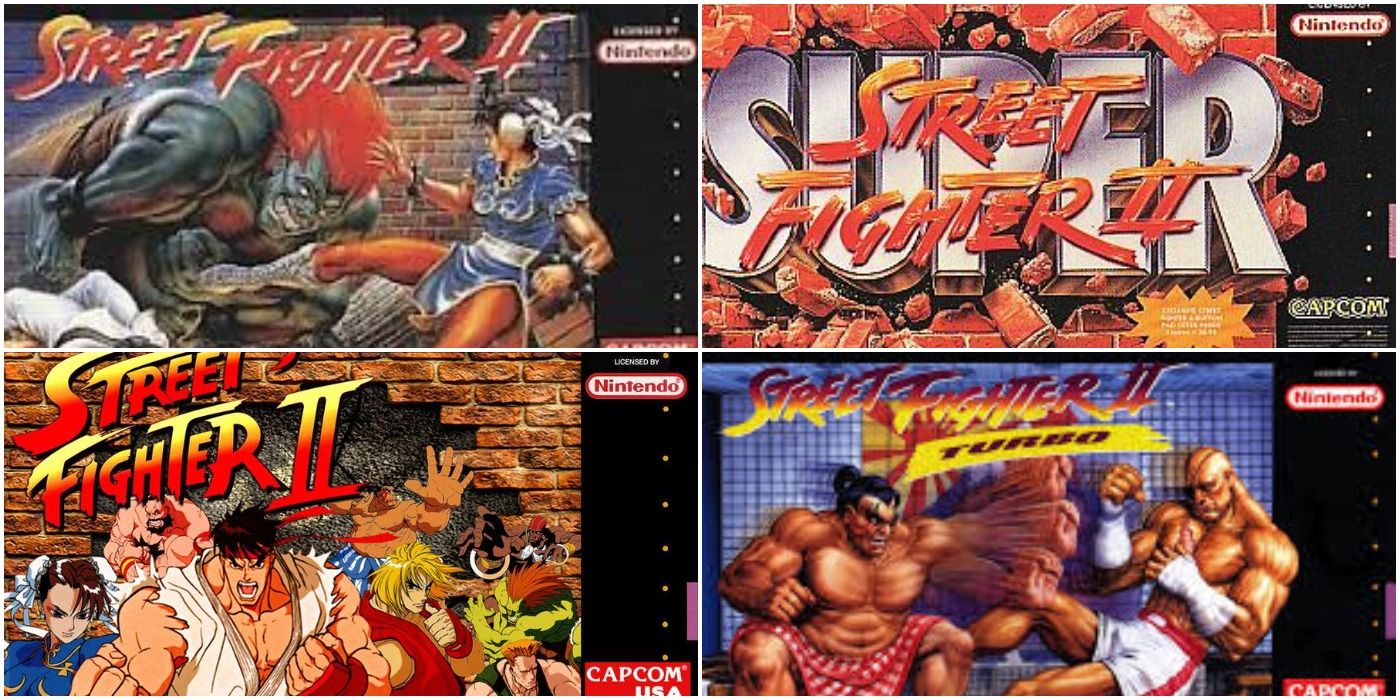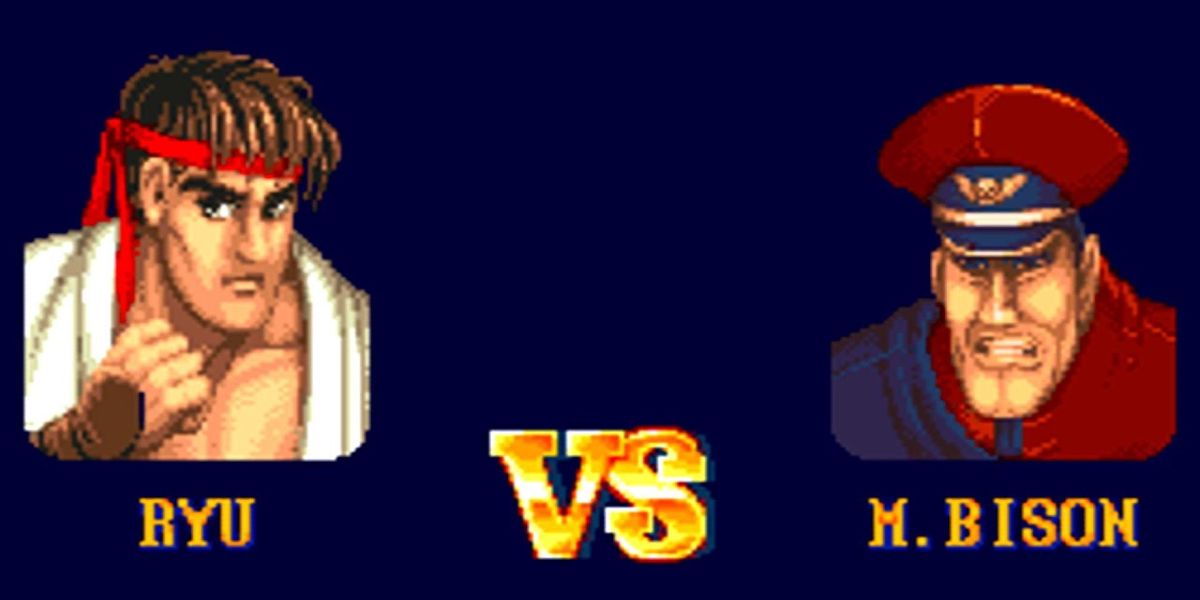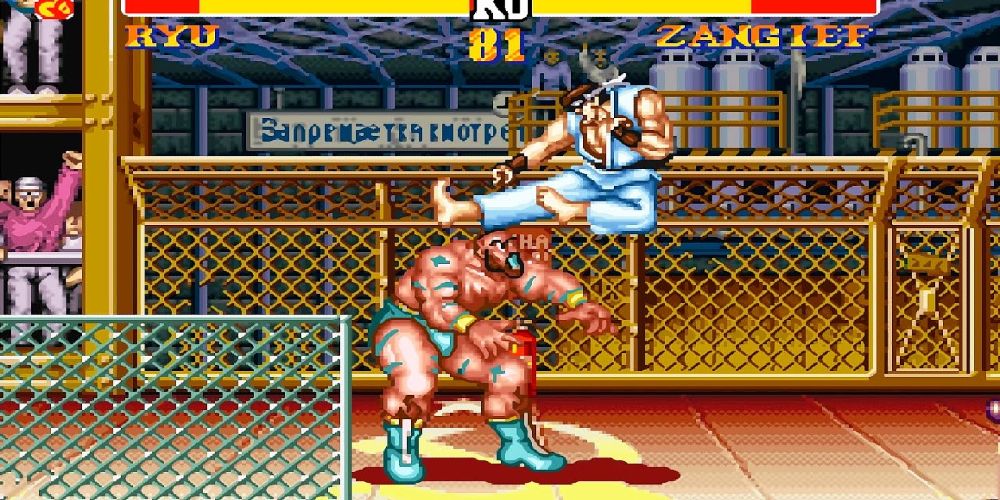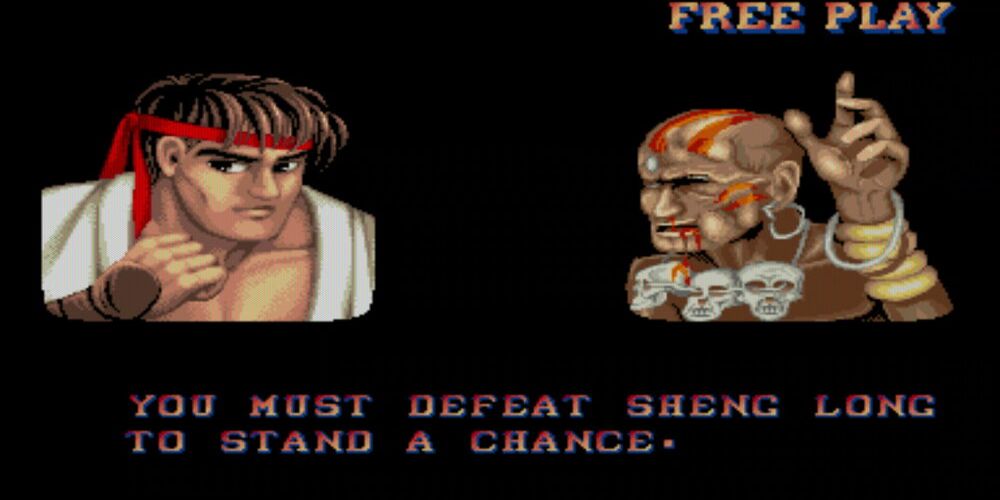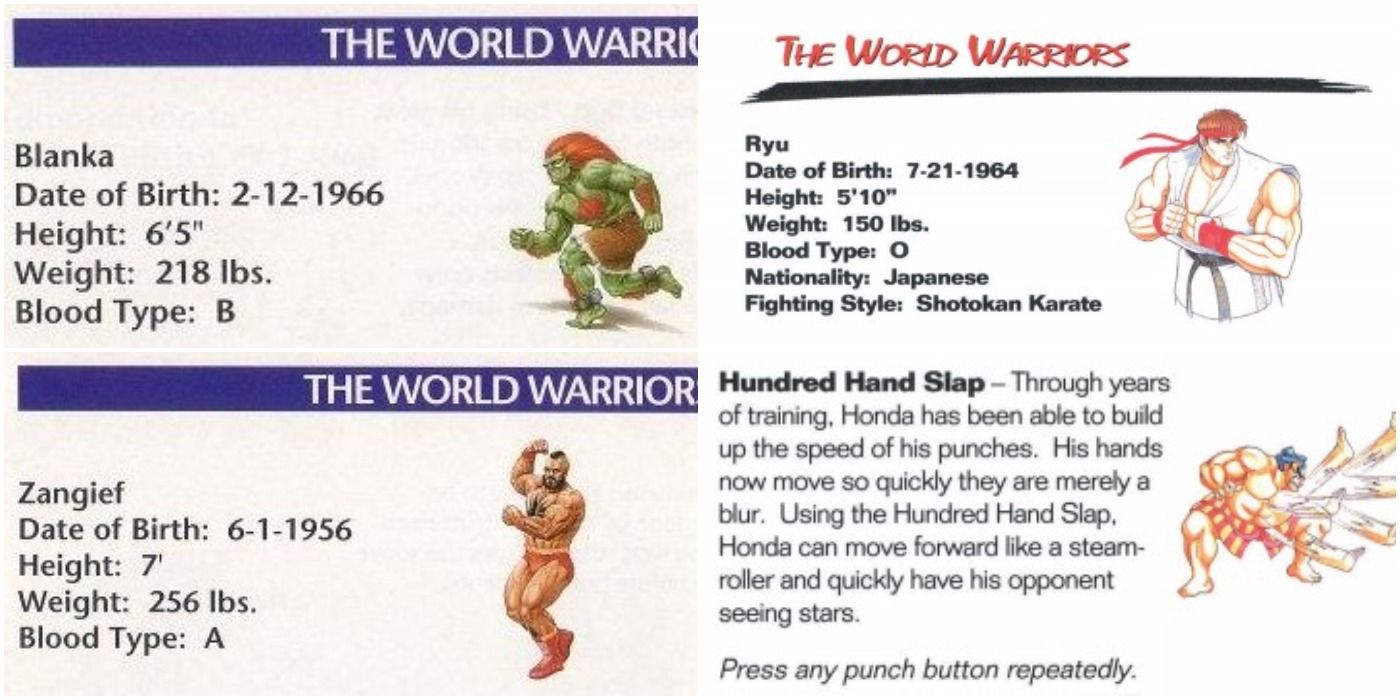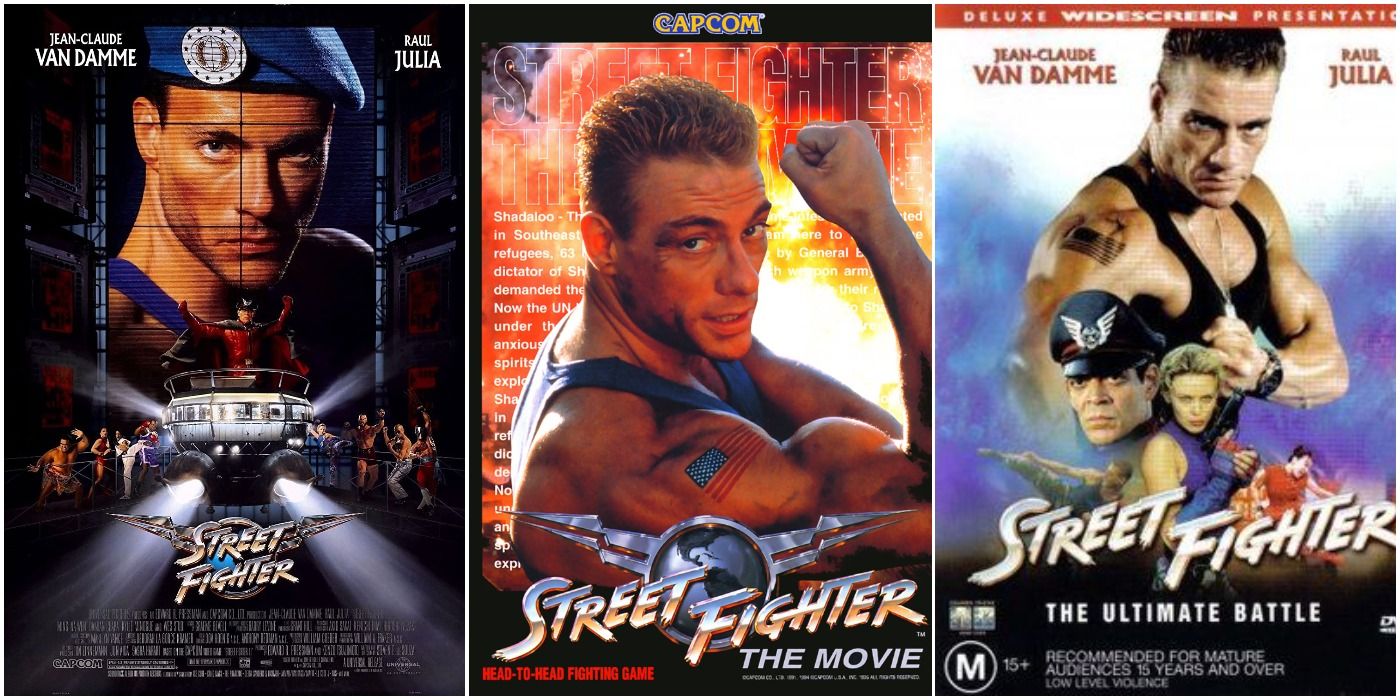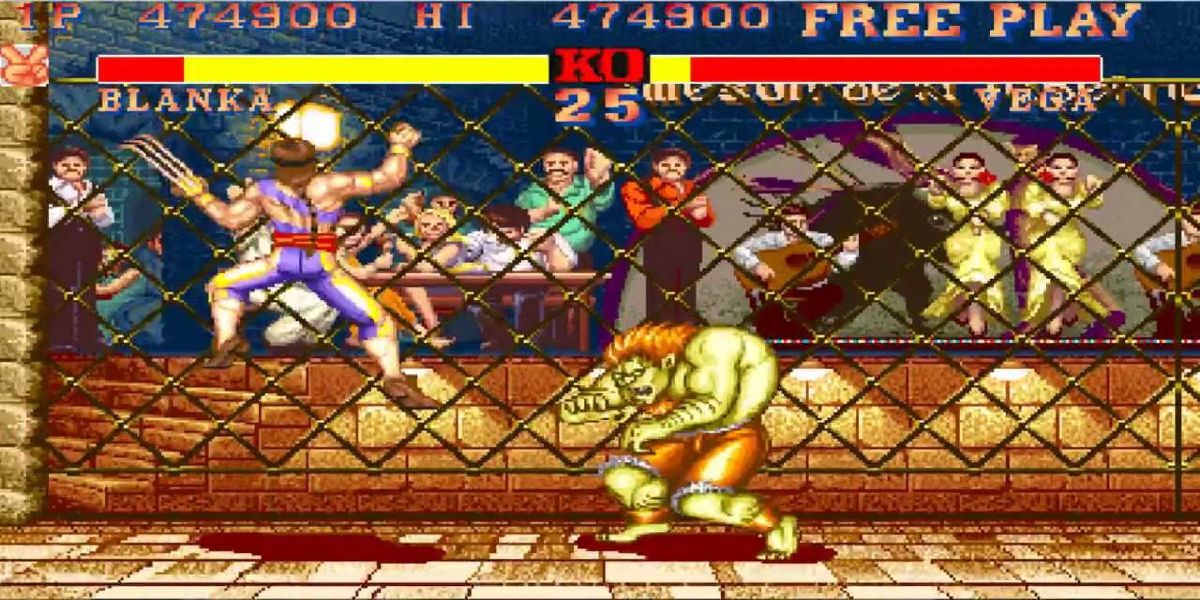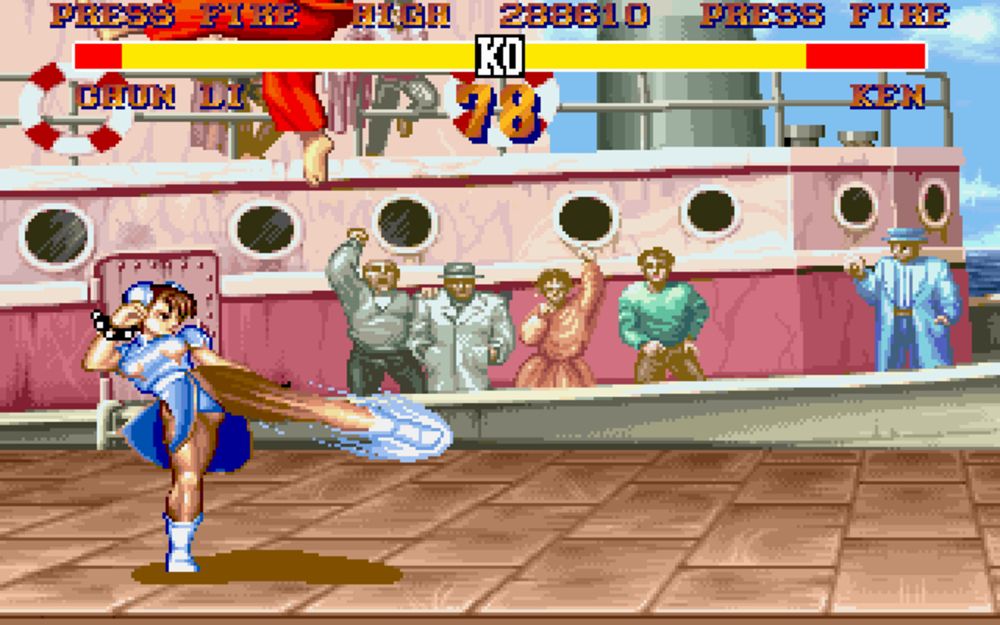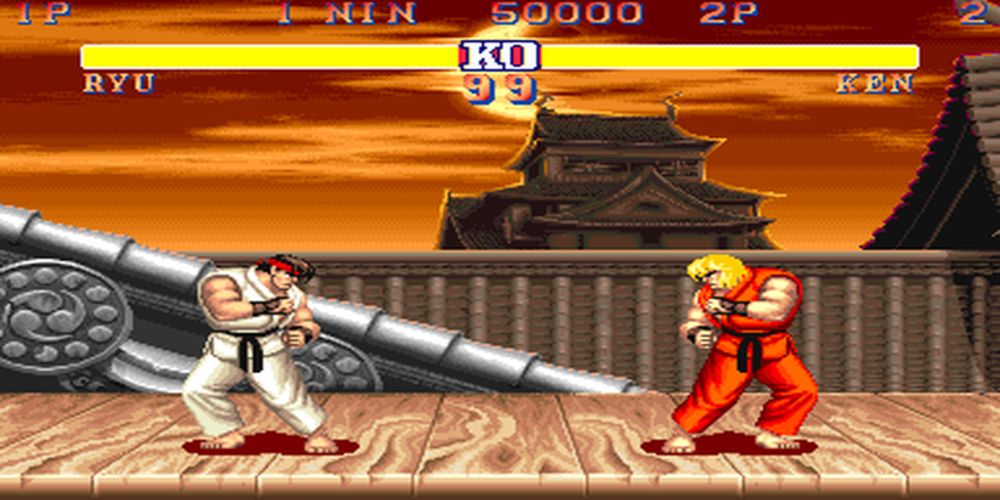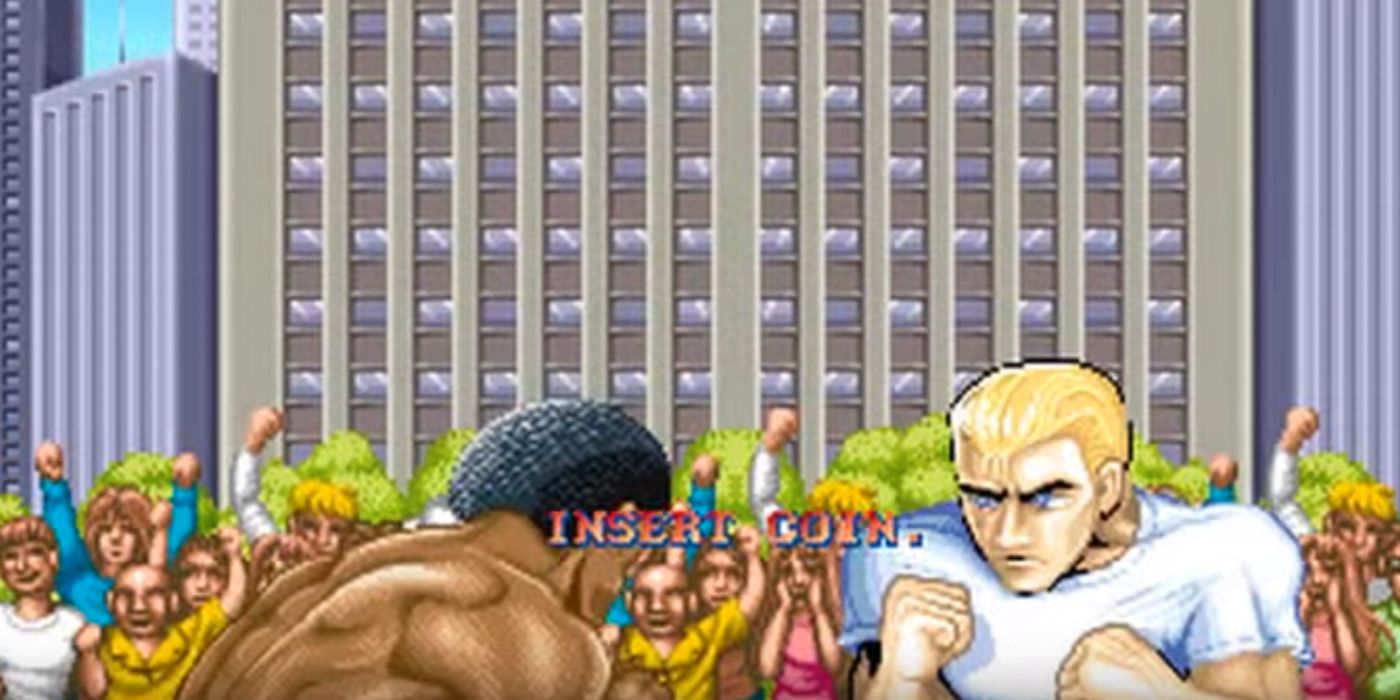Since its release in arcades in 1991 and on consoles in 1992, Street Fighter II has been one of the most popular games in history, grossing more than $10 billion and launching a franchise that's still going to this day. For a long time, it was the best-selling fighting game ever, finally being overtaken by Super Smash Brothers: Ultimate in 2019.
Since the game is celebrating its 30th anniversary this year, it's the perfect time to look back on the title that started it all. Yes, it was preceded by 1987's Street Fighter, but that game only allowed players to control Ryu and Ken and has mostly been forgotten by gamers. Street Fighter II has cemented its place in history, though there are some things even die-hard fans might not remember. Here are just a few cool tidbits you may not have known about the game that took your allowance money all those years ago.
10 The Game Isn't Called What You Think It Is
Most people know the names Street Fighter II and Street Fighter II: Turbo, but neither of those is the original title. The arcade version was called Street Fighter II: The World Warrior. This was followed by Street Fighter II: Champion Edition, which allowed players to control the four bosses (Balrog, Vega, Sagat, and M. Bison) as playable characters. The third official title in the series was Street Fighter II Turbo: Hyper Fighting, featuring altered color palettes and increased speed.
For the Super Famicom and Super NES, the game was incredibly popular, selling over six million copies. Hyper Fighting sold over four million units and was included in the 2017 SNES Classic. There have been many sequels and alternate versions, with names like Special Champion Edition, Revival, HD Remix, and Ultra. Without going too deep down the rabbit hole, just know that the most common versions were Street Fighter II: The World Warrior and Street Fighter II Turbo: Hyper Fighting.
9 Character Names Varied Based On Location
Players in different countries knew the bosses of Street Fighter II by different monikers. In the Japanese original, Balrog was the Spanish fighter with claws, known as Vega in America. In Japan, Vega is the final boss, known stateside as M. Bison. The reason for these changes was because the boxer, known in the U.S. as Balrog, was known in Japan as M. Bison.
"M. Bison" is a play on the name of boxer Mike Tyson, or "Mike Bison." When the game was localized for the American market, Capcom wished to avoid a lawsuit from the famous fighter, so they shuffled the names, which is why the main villain of Street Fighter II has an unexplained first initial.
8 It Was The First Game To Feature Combos
When developers were creating Street Fighter II, one of their goals was to make it easier for players to pull off each character's special moves. However, doing so had unintended consequences.
Whenever a player attacks, following that attack, there are "recovery frames," and during this time, they're frozen, giving the opponent a chance to counter. Similarly, when a player is hit, there are "flinch frames" where they are momentarily stunned. By making it easier to pull off special moves, the programmers accidentally made the recovery time for these moves shorter than the opponent's flinch time. The result is that players could string together these moves into combos.
Rather than fixing this problem, they left it in, and it became a fighting game staple. Franchises like Tekken and Mortal Kombat copied the technique, and combos are still used today, showing how Street Fighter II was truly ahead of its time.
7 It Is Impossible To Defeat Sheng Long
When a player loses a fight, they are treated to a "win quote," where the opposing fighter taunts them. In the American version, one of Ryu's win quotes is: "You must defeat Sheng Long to stand a chance." This led many players to believe there was a secret character named Sheng Long that could be unlocked, and there was even an article in Electronic Gaming Monthly offering a complicated method for unlocking Sheng Long.
Alas, it was all a lie. The quote about Sheng Long was actually a translation error, due to the fact that "Sheng long" is the Chinese version of "Shou Ryuu," part of Ryu's "Shou Ryuu Ken," or "Rising Dragon Fist" technique. It was supposed to say, "If you cannot overcome the Rising Dragon Punch, you cannot win!" The EGM article was an April Fool's Day hoax, and gamers trying to unlock Sheng Long were ultimately wasting their time.
6 The Characters Have Extensive Backstories
Fighting games sometimes get a bad rap for having no story, but Street Fighter II has depth many people don't realize. Did you know Ryu's blood type is O? That Guile's birthday is December 23rd? That Ken's skills have deteriorated over the last year because he's spent too much time on the beach with his girlfriend?
It's all written in the game's SNES instruction manual, where the characters are given deep histories and specific physical traits. Dhalsim is the oldest (born 1956), while Chun Li (born 3-1-68) is the youngest. Of course, that changed with Street Fighter II Turbo: Hyper Fighting, when Balrog (born 9-4-68) became the youngest playable fighter. The original entry for Ryu even contains a reference to the mysterious Sheng Long, though this detail was taken out for Hyper Fighting.
5 The Movie Was A Hit
Due to the game's popularity, Universal Pictures greenlight a film version. In 1994, Street Fighter introduced audiences to Jean-Claude Van Damme as Guile, Ming-Na Wen as Chun Li, and Kylie Minogue as the much-maligned Cammy. It was not a critical darling, registering a 10% rating on Rotten Tomatoes, but made almost $100 million at the worldwide box office. Street Fighter: The Legend of Chun Li was released in 2009 and bottomed out at 5% on Rotten Tomatoes on its way to a $12 million worldwide gross.
4 There Is A Random Element To Fights
One rare occurrence is when two players input their commands at the exact same instant. According to designer Akira Nishitani, he considered it unfair to give priority to one player if the button presses were simultaneous. The solution was to introduce a random element: if two players try to throw one another at the same time, each will have a 50% chance of being successful. For some attacks, such as Blanca's Bush Buster, this makes them unblockable half the time, something top gamers used as an important strategy.
3 They Almost Ran Out Of Memory Designing Chun-Li's Tights
2 Evenly-Matched Players Can Go For A Long Time
The inclusion of Chun-Li as the franchise's first playable female is commendable, though her outfit has led to controversy. According to designer Akira Yusada, she was originally to be wearing pants, but they didn't look right, so stockings were added. Nishitani remembers it differently, stating they "ended up respriting them about 3 times," nearly missing the deadline and running out of memory. In the end, other characters had to be altered to fit her in, and the result was a legacy of cosplay and stirred awakenings in young players.
In the game's best-of-three format, if the players trade victories, the third fight determines the winner. However, if both players have an equal amount of vitality when the timer runs out, or knock one another out simultaneously, this third fight is a draw. There will then be an additional round fought in a sudden-death format. If they tie again? Yet another sudden-death fight. This meant skilled players could repeatedly draw, and matches could last up to 10 rounds (reduced to four in later releases). After that, the CPU automatically won, or both human players lost.
1 The Two Guys From The Intro Have Names
The game opens with two men fighting in a crowd, gentlemen we've never seen before and never see again. Who are these two, and why are they fighting? Two decades later, fans finally received some answers. One is Scott, who dislikes caterpillars, and the other is Max, who likes "sparkly things." Alas, we may never know the circumstances that brought them to blows.

